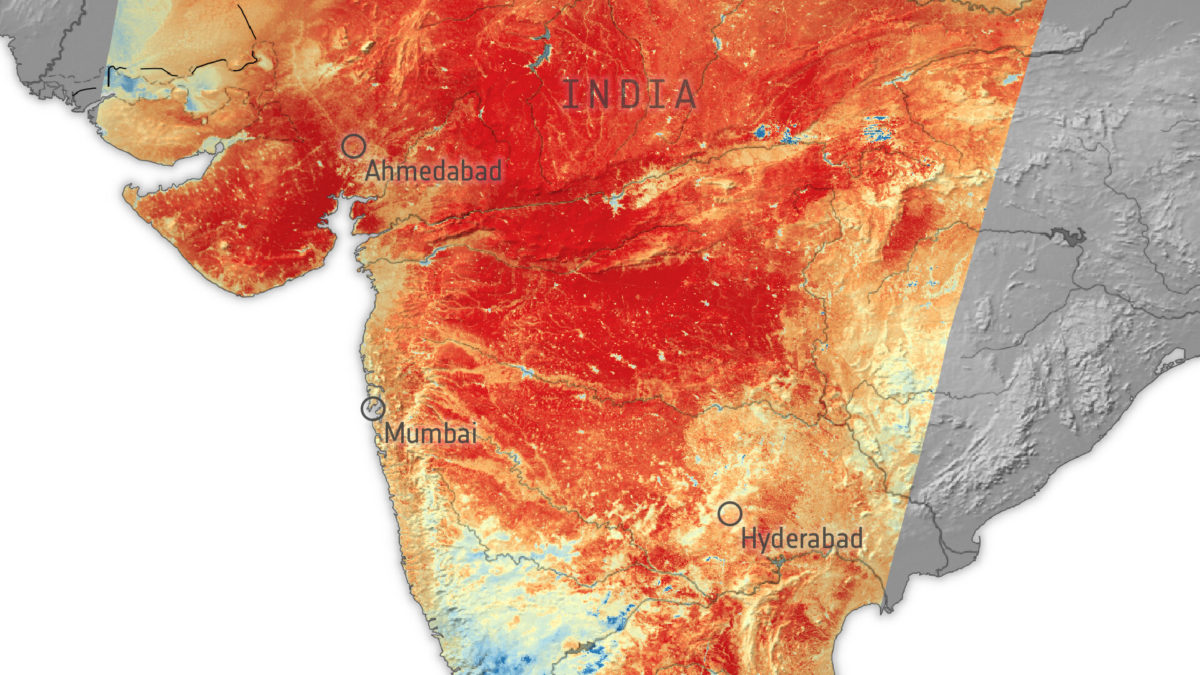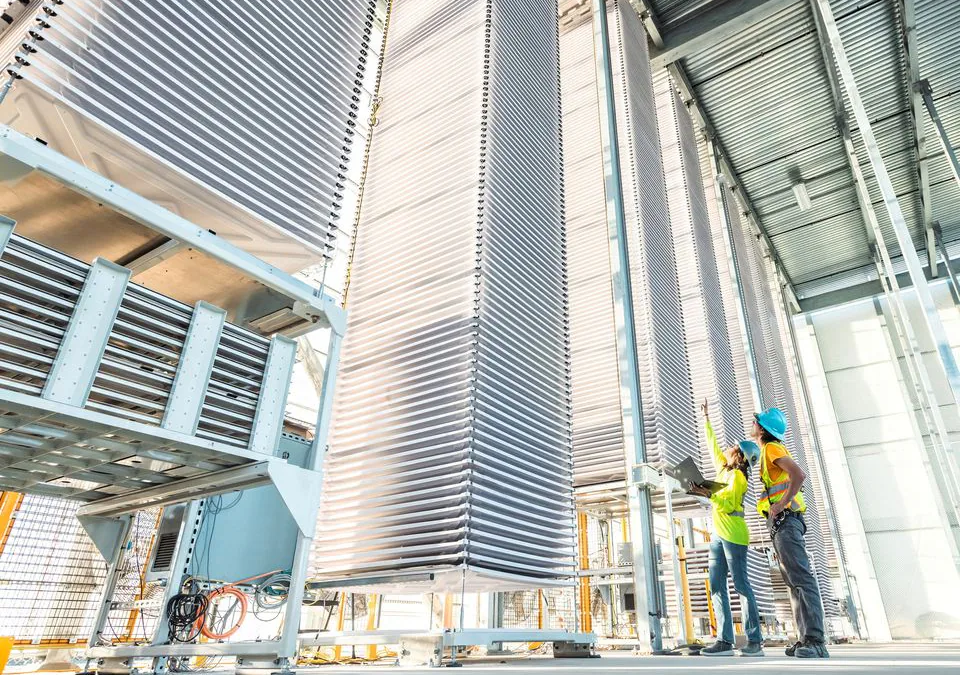India lashed by strongest cyclone ever to hit west coast as it reels from Covid disaster – “This cyclone is a terrible double blow for millions of people in India whose families have been struck down by record Covid infections and deaths”
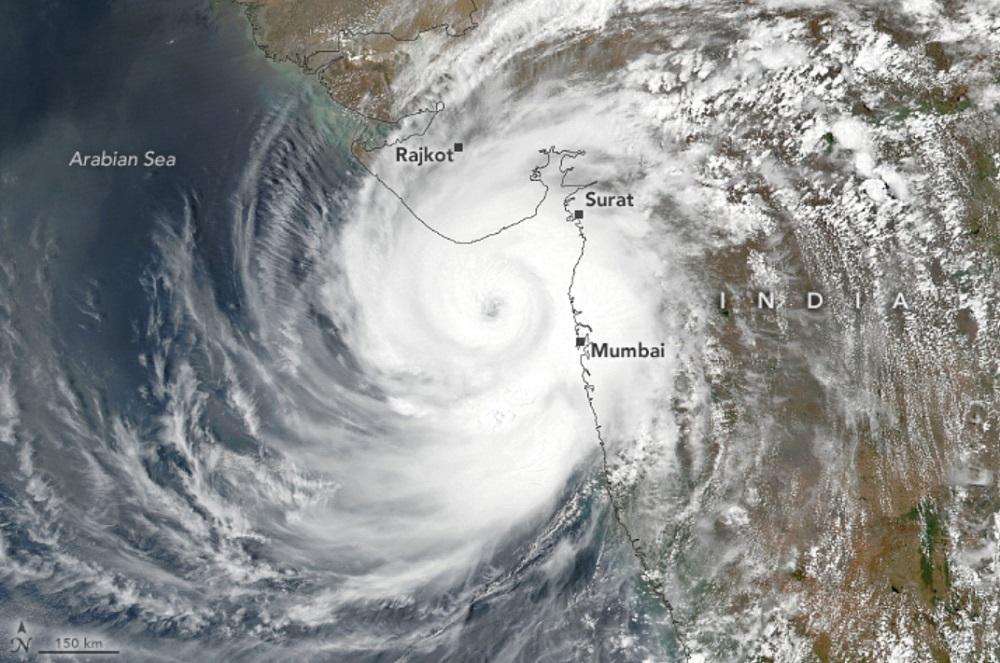
By Jessie Yeung and Esha Mitra
18 May 2021
NEW DELHI (CNN) – India was slammed on Monday by the strongest storm on record to reach its west coast, hampering authorities’ response to the Covid-19 crisis in some of the country’s hardest-hit regions.
Tropical Cyclone Tauktae, a storm with wind speeds equivalent to a high-end Category 3 hurricane that formed in the Arabian Sea, made landfall Monday night local time in Gujarat. It strengthened slightly as it hit the western state with maximum sustained winds of 205 kilometers per hour (125 mph), according to the United States’ Joint Typhoon Warning Center.
By Tuesday morning, it had weakened from an “extremely severe cyclonic storm” to a “severe cyclonic storm,” according to the Indian Meteorological Department (IMD).
Photos and videos show highways turned into rivers by the heavy rain, and trees and power lines toppled by ferocious winds. The cyclone has killed at least 26 people across the coastal states of Gujarat, Kerala, Karnataka, Goa, and Maharashtra, according to state authorities.
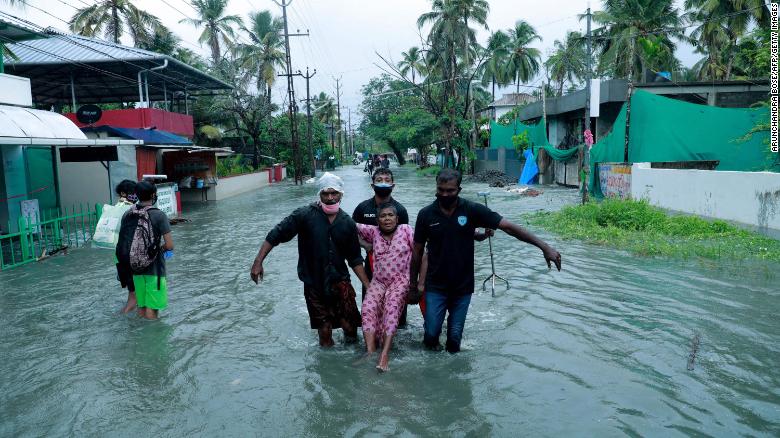
The deaths were due to drowning at sea, house collapses, lightning strikes and other accidents linked to the severe weather, according to states’ disaster management authorities.
This comes as India reels from its second wave of coronavirus, which has infected millions and killed tens of thousands since it began in mid-March. Though daily case figures began declining over the past week, Covid-related deaths continue to break record highs and the crisis is far from over — especially in rural areas with fewer resources and medical supplies.
Covid patients were among the hundreds of thousands evacuated from low-lying areas this week as the region braced for the cyclone’s arrival. In Mumbai, 580 patients from makeshift care centers were moved to various hospitals on Friday and Saturday, according to the city’s municipal corporation.
It’s not the first time India has dealt with natural disasters during the pandemic — last year, the country faced cyclones in late May and early June that also prompted mass evacuations.
Back then, however, India’s cases were still relatively low, at fewer than 10,000 a day, and the country was emerging from a stringent lockdown.
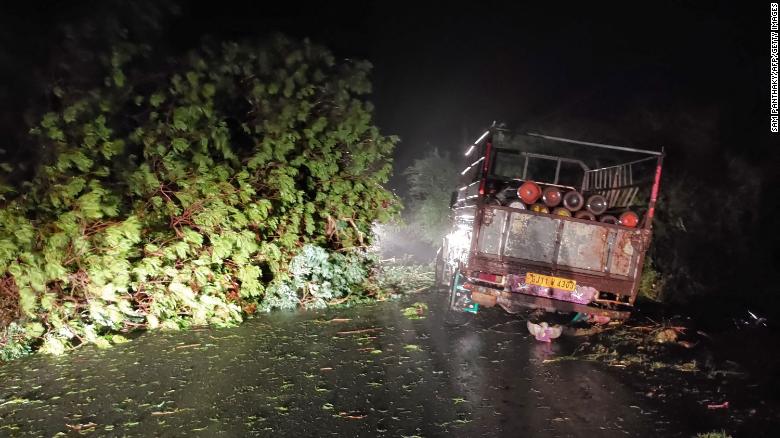
This time, India is the global epicenter of the pandemic. Its health care system has collapsed and patients are still dying from shortages of oxygen and other supplies. The government is more fragile and under greater scrutiny than before, as it struggles to contain the outbreak while facing heavy criticism both at home and overseas.
And the cyclone could be just the harbinger of more disaster to come, as India’s months-long monsoon season approaches. […]
“This cyclone is a terrible double blow for millions of people in India whose families have been struck down by record Covid infections and deaths,” said Udaya Regmi, South Asia head of the International Federation of Red Cross and Red Crescent Societies, in a statement on Monday.
“Many families are barely staying afloat,” he added. [more]
India lashed by strongest cyclone to ever hit west coast as it reels from Covid disaster

